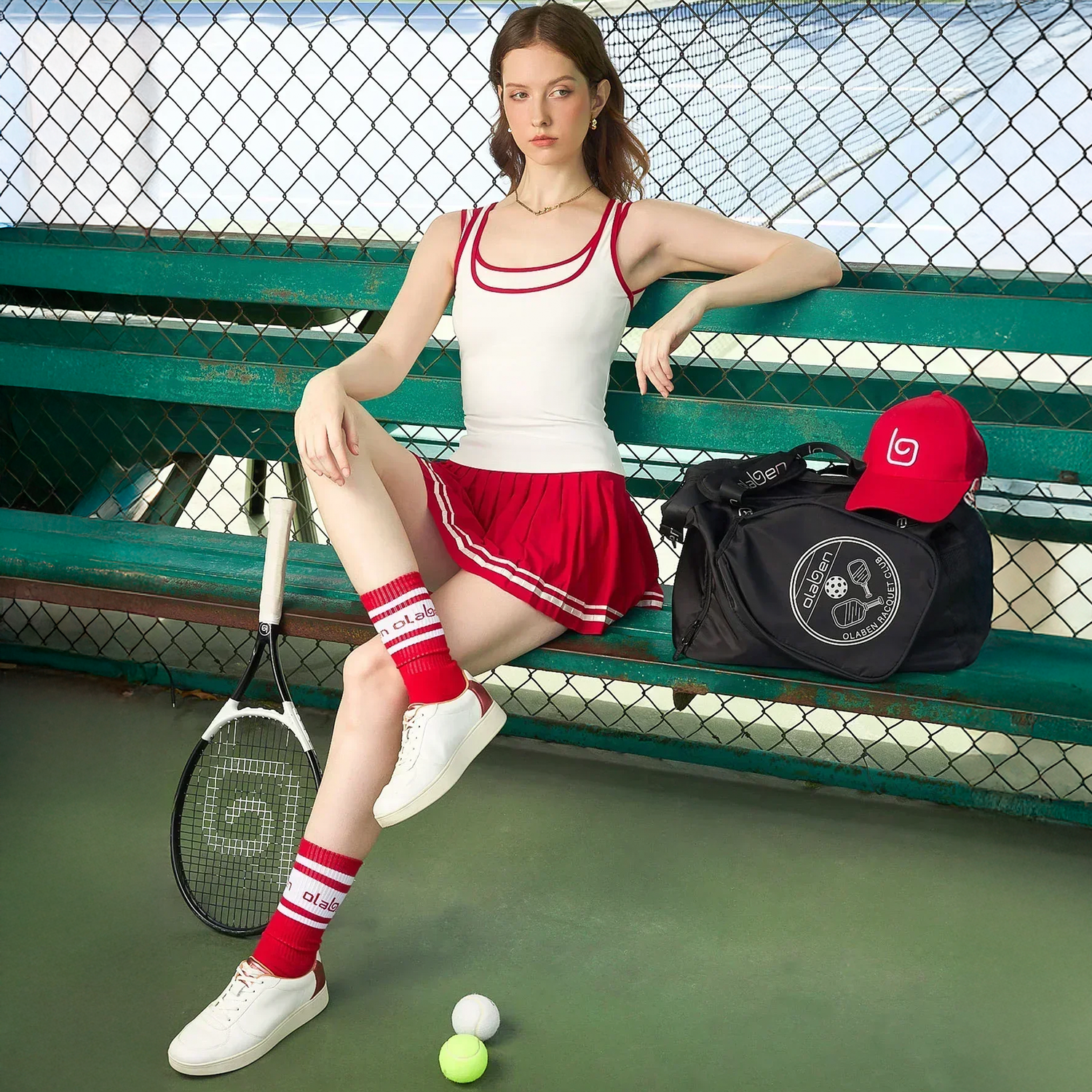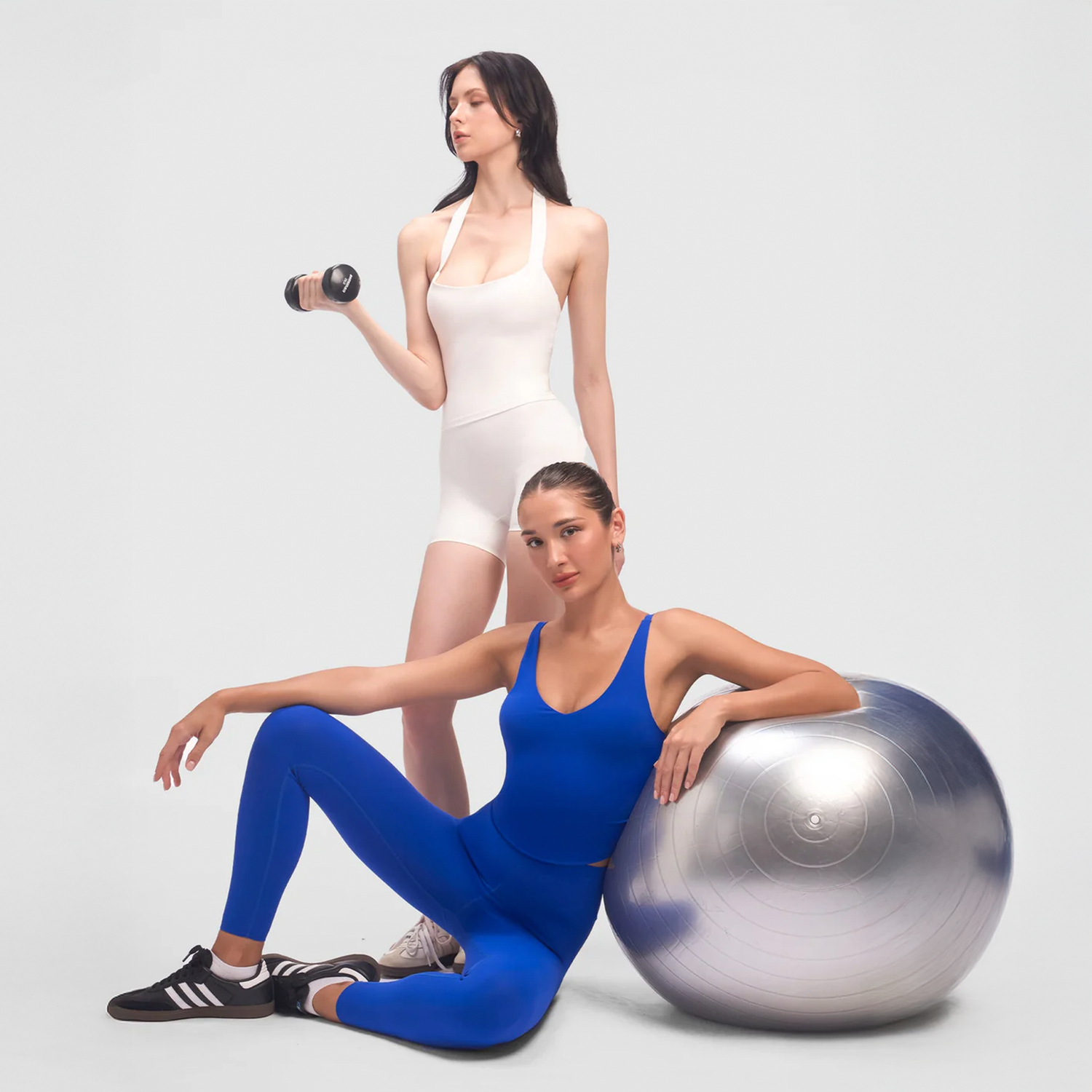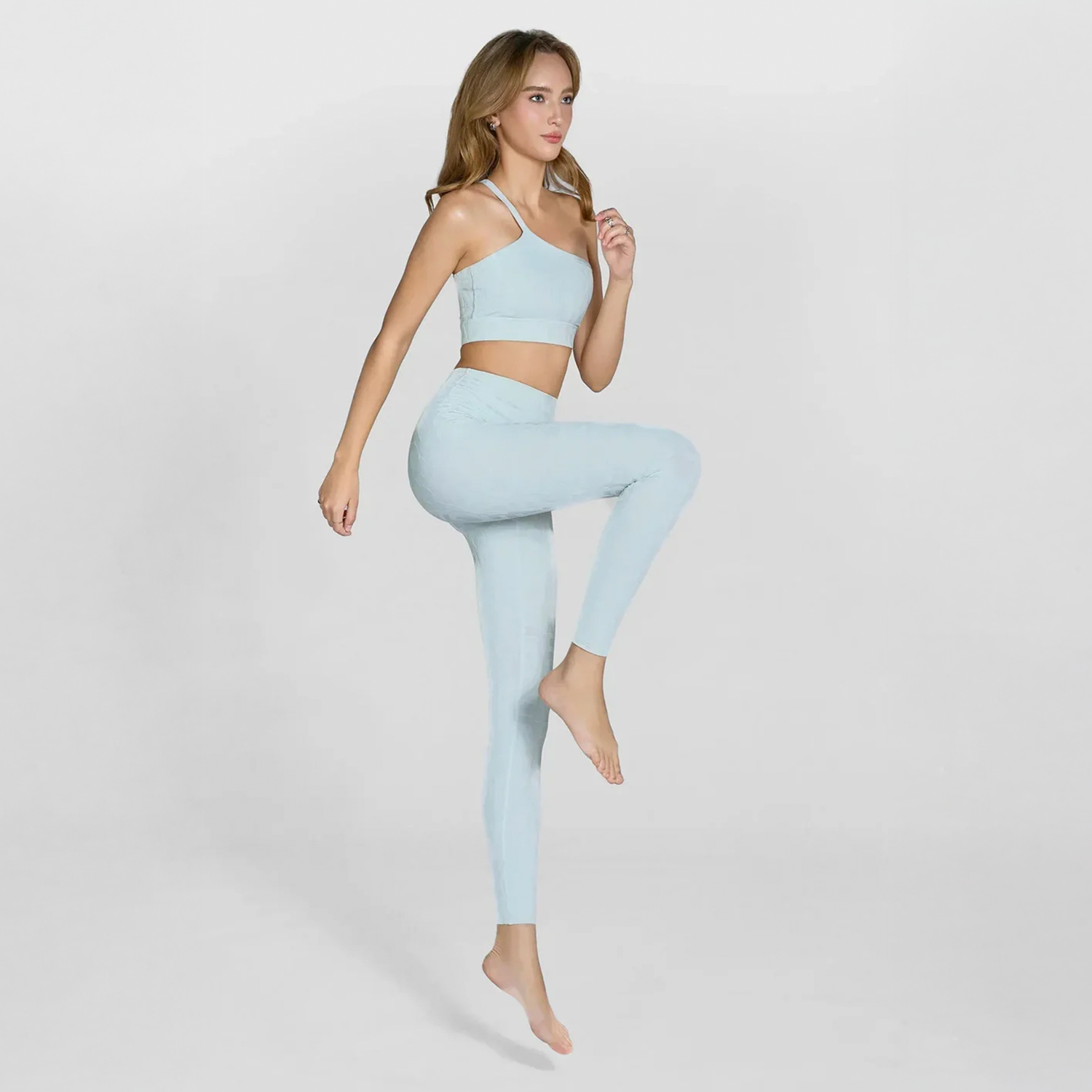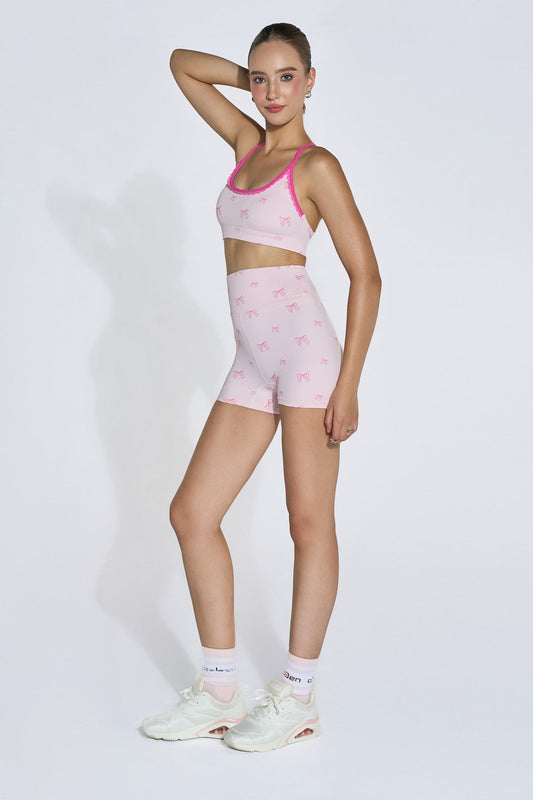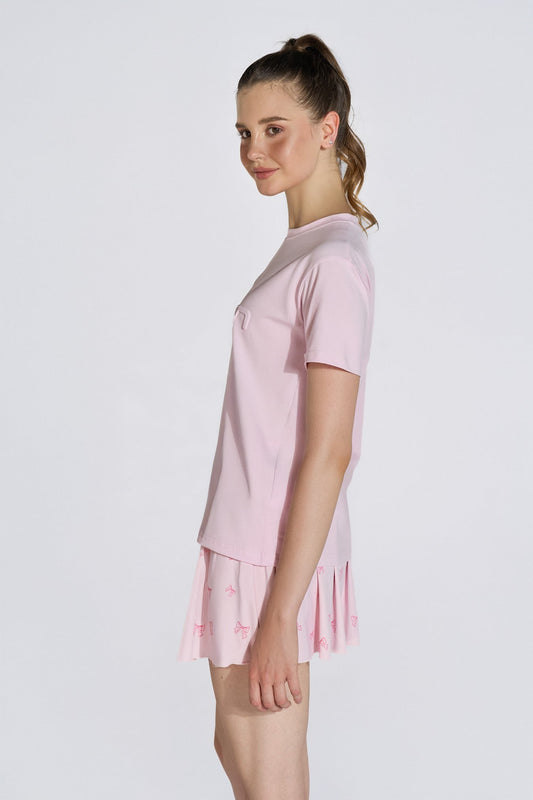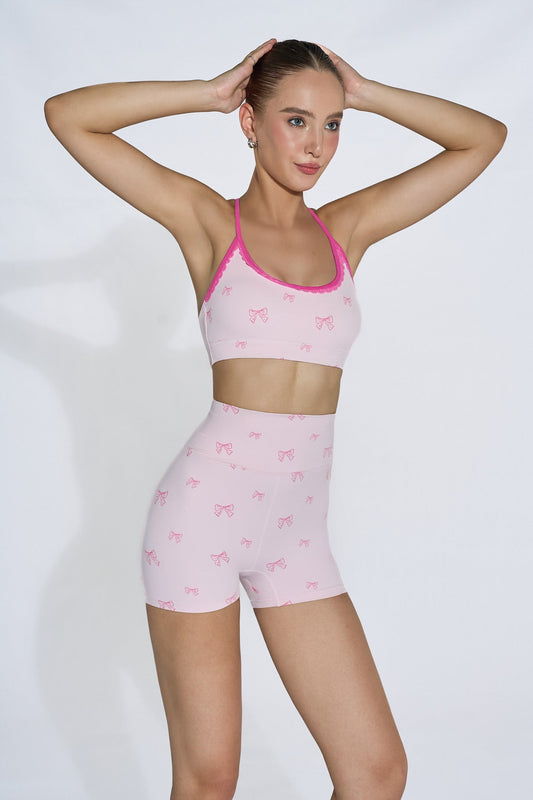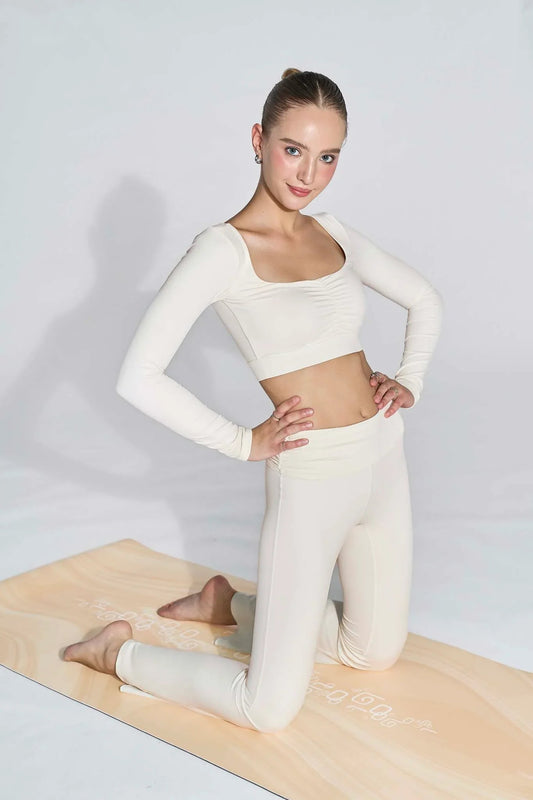We believe yoga is more than just a workout — it’s a powerful tool for improving both your body and mind. One of the biggest benefits of practicing yoga is its ability to enhance flexibility. Flexibility refers to how far your joints and muscles can move through their full range of motion, and it’s essential for maintaining overall physical health, mobility, and balance.
In this guide, Olaben’ll dive into why flexibility is so important, how yoga helps improve it, the best yoga poses for flexibility, and practical tips for adding yoga for flexibility into your daily routine. Whether you’re a beginner or an experienced yogi, this article will help you unlock a more limber, pain-free, and balanced body through the power of yoga.
Why Flexibility Matters
Improving your flexibility benefits your body and mind in many ways. Some of the key advantages include:
- Greater range of motion: Flexible joints move more freely, allowing you to perform daily activities with less effort.
- Reduced muscle tension: Stretching helps release tightness, making movement feel easier and more comfortable.
- Improved posture: Looser muscles reduce strain and help you maintain a natural, upright posture.
- Less pain: Relaxed muscles put less pressure on your back, neck, and shoulders, which can help ease chronic aches.
- Lower risk of injury: Flexible muscles and joints are more resilient, helping protect you from strains and sprains.
- Stress relief: Releasing physical tension can promote relaxation and lower overall stress levels.
- Better circulation: Enhanced blood flow supports faster muscle recovery and helps prevent post-workout stiffness.

Best Yoga Poses for Better Flexibility
If your goal is to become more flexible, yoga is one of the most effective ways to get there. Styles like Hatha, Vinyasa, and Yin yoga are especially helpful for improving flexibility because they emphasize mindful movement, deep stretching, and breath awareness.
Prefer to practice at home? The poses below are great for stretching major muscle groups and increasing overall range of motion.
As you move through each pose, take it slow and listen to your body. Pay attention to how each stretch feels rather than how it looks. You can repeat the poses as often as you’d like — just avoid pushing into pain or forcing yourself into positions that feel too challenging.
Props can make these poses more accessible and supportive as you work on your flexibility. Try using:
- Cushions – for extra comfort or support under hips, knees, or back
- Chairs – to modify standing poses or assist with balance
- Yoga blocks – to “bring the floor closer” and help you hold poses with proper alignment

Poses for Back Flexibility
1. Intense Side Stretch (Parsvottanasana)
This forward fold lengthens your spine, hips,
and legs while supporting better posture, balance, and even digestion.
How to do it:
- Stand with your left foot forward, right foot back at a slight angle.
- Square your hips to face forward.
- Place your hands on your hips, then hinge forward from your hips, tucking your chin toward your chest.
- Drop your hands to the floor or place them on a block for support.
- Hold for 30 seconds to 1 minute.
- Switch your feet and repeat on the opposite side.

2. Head-to-Knee Pose (Janu Sirsasana)
This beginner-friendly pose improves flexibility in the back, hips, and thighs. It also boosts circulation in the lower abdomen and can be deeply calming.
How to do it:
- Sit on the floor with both legs extended.
- Bend your left knee and bring the sole of your foot to the inside of your right thigh.
- Inhale and stretch your arms overhead.
- Exhale as you fold forward from your hips, reaching toward your right foot.
- Rest your hands on the floor or hold your leg or foot.
- Hold for 1–2 minutes, then switch sides.

Poses for Core Flexibility
3. Cat-Cow (Bitilasana–Marjaryasana)
This gentle flow mobilizes the spine, warms up the core, and relieves stiffness in the neck and shoulders.
How to do it:
- Begin on all fours, wrists under shoulders and knees under hips.
- Inhale as you drop your belly toward the floor, lifting your chest and chin (Cow Pose).
- Exhale as you press into your hands, rounding your spine toward the ceiling and tucking your chin (Cat Pose).
- Continue moving with your breath for about 1 minute.
- Option: Do this seated on a chair for a gentler version.

4. Bow Pose (Dhanurasana)
An intermediate backbend that stretches the chest, back, glutes, and legs — perfect for counteracting long hours of sitting.
Avoid this pose if you have neck, shoulder, or back pain.
How to do it:
- Lie on your stomach with arms by your sides.
- Bend your knees and reach back to grasp the outside of your ankles.
- If comfortable, lift your chest and shoulders off the ground while looking forward.
- Take slow, deep breaths and hold for up to 30 seconds.
- Release and repeat 1–2 more times.

Poses for Hip Flexibility
5. Low Lunge (Anjaneyasana)
This hip-opener also lengthens the spine and strengthens the legs — and may help relieve sciatica.
How to do it:
- Start on your left knee with your right foot forward, forming a 90-degree angle.
- Lengthen through your spine and reach your arms overhead (or extend arms out to the sides).
- Gently press your hips forward.
- Hold for 30 seconds or more, then switch sides.
Modifications:
- Place a chair or sturdy support in front of you.
- Keep your lunge shallow if you feel strain.
- Make sure your front knee doesn’t go past your ankle.

6. Wide-Angle Seated Forward Bend (Upavistha Konasana)
This forward fold opens the hips and stretches the hamstrings, calves, and lower back.
How to do it:
- Sit on the floor and open your legs as wide as comfortable.
- Inhale and raise your arms overhead.
- Exhale as you hinge forward from your hips, walking your hands forward until you feel a stretch.
- Hold for 1–2 minutes.
Alignment tip: Keep your toes pointing straight up toward the ceiling, as if pressing the soles of your feet against an invisible wall.

Poses for Shoulder and Neck Flexibility
7. Cow Face Pose (Gomukhasana Arms)
Great for stretching the shoulders, chest, and arms — and counteracting forward-slouching posture.
How to do it:
- Sit tall in a comfortable position.
- Extend your left arm overhead, bend the elbow, and let your hand slide down your spine.
- Use your right hand to gently guide your left elbow closer to your head.
- Option: Bend your right arm behind you to clasp hands if possible.
- Hold for at least 30 seconds, then switch sides.

8. Plow Pose (Halasana)
This inversion relieves tension in the neck, shoulders, and spine and promotes relaxation.
Skip this pose if you’re new to yoga or have neck, digestion, or blood pressure issues.
How to do it:
- Lie flat on your back with arms by your sides, palms down.
- Lift your legs to a 90-degree angle, then slowly bring them overhead.
- Support your lower back with your hands, keeping your fingers pointing upward.
- Rest your feet on the floor behind you, or on a chair/cushions if they don’t reach.
- Hold for 1–2 minutes before slowly rolling down.
- Repeat 1–2 times if comfortable.

Conclusion: Make Yoga Part of Your Daily Routine
Improving your flexibility not only helps your body feel lighter and more mobile but also promotes relaxation and balance in your everyday life. By practicing these yoga poses regularly, you’ll gradually notice positive changes in your posture, mobility, and overall well-being.
To make your practice more comfortable and effective, be sure to invest in the right gear. At Olaben, you can find everything you need, including:
-
Yoga mats with excellent grip and cushioning to support your stretches and poses.
-
Leggings and sports bras designed for a perfect fit, breathability, and confidence during your flow.
-
Women’s yoga apparel that combines comfort and style, so you look and feel your best on the mat.
Start today and make yoga a part of your daily routine with Olaben — for a stronger, more flexible body and a calmer, happier mind.


